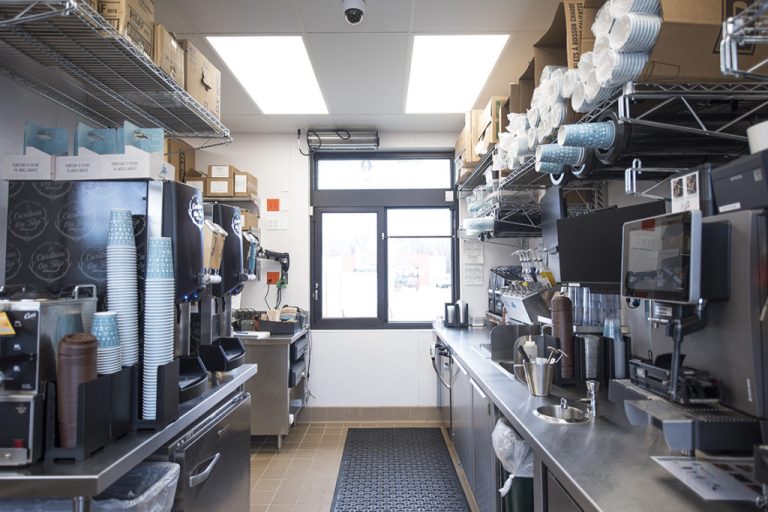Every business relies on machines to keep its operations running smoothly. HVAC systems regulate temperature, forklifts handle heavy lifting, printers manage documents, and computers power day-to-day tasks. Without the right plan, these assets can quickly become liabilities. Breakdowns, missed servicing, and unexpected expenses create stress.
That’s why structured oversight is key. Smart practices extend equipment life and reduce downtime. For example, companies using printer fleet management already know how planned servicing prevents disruptions. The same approach can be applied across HVAC units, forklifts, medical tools, and IT systems.
Step 1: Assess Current Equipment Use
Start by reviewing how each machine is performing. Forklifts in warehouses may clock hundreds of hours each month, while HVAC systems run nearly nonstop in summer. Printers in large offices might process thousands of pages a day.
This assessment reveals which units are overworked and which are underutilized. For example, an HVAC unit serving a busy floor may show higher wear compared to one in a smaller area. This baseline helps prioritize where to focus first.
Step 2: Build a Maintenance Schedule
Regular service keeps machines healthy. Each type of equipment has unique needs that should be mapped into a clear calendar.
Examples of Preventive Maintenance
- Printers: Clean the rollers, replace the toner, update the firmware, and inspect the paper trays.
- HVAC units: Change filters monthly, check refrigerant levels, and inspect ductwork.
- Forklifts: Test brakes, inspect hydraulic fluids, and rotate tires.
- Medical equipment: Calibrate machines, sanitize parts, and replace worn tubing as needed.
- Computers: Clear dust, run security patches, and check battery health for laptops.
When applied consistently, maintenance prevents sudden breakdowns. In fact, structured printer fleet management proves how scheduled care minimizes costly interruptions.
Step 3: Train Employees on Proper Use
Well-trained staff protect equipment from unnecessary wear and tear. Forklift operators must adhere to weight limits, HVAC teams should avoid overloading systems, and office staff should know how to handle printers without causing jams.
Short training sessions or step-by-step manuals are most effective. For instance, teaching employees to power down computers properly can help extend the life of their hardware. Simple reminders, such as reporting unusual noises in HVAC units, help identify problems before they escalate.
Step 4: Use Technology for Tracking
Tracking tools bring order to equipment care. They record usage hours, upcoming service, and repair history. This applies across industries, from forklifts to diagnostic machines in healthcare.
Features Worth Having
- Alerts for filter replacements in HVAC systems
- Dashboards showing printer usage across departments
- Logs of forklift inspections and repairs
- Automatic reminders for computer software updates
This data-driven approach ensures managers don’t miss critical maintenance tasks. A single system provides full visibility across all machines.
Step 5: Standardize Replacement Policies
Every machine has a limit. Forklifts may be retired after years of heavy use, HVAC units after multiple refrigerant leaks, and printers after frequent breakdowns despite servicing.
By establishing clear replacement rules, companies can avoid incurring excessive repair costs. For example, replacing a laptop after three major repairs in one year is usually more cost-effective. Having policies removes guesswork and keeps operations predictable.
Step 6: Monitor and Improve
Ongoing reviews keep the system sharp. If certain HVAC units show frequent airflow problems or forklifts continue to fail inspections, adjustments are needed. Printers that jam repeatedly may benefit from redistribution of workload or an upgrade.
Improvement doesn’t always mean buying new machines. Rotating usage, updating software, or enhancing staff training can fix recurring issues. Continuous monitoring ensures that equipment evolves in line with business needs.
Strong equipment management means fewer surprises and smoother operations. By assessing usage, creating maintenance schedules, training employees, applying tracking tools, standardizing replacements, and reviewing performance, companies can maximize the value of their assets. From forklifts to HVAC systems to printers, every machine becomes a reliable part of daily productivity.

















